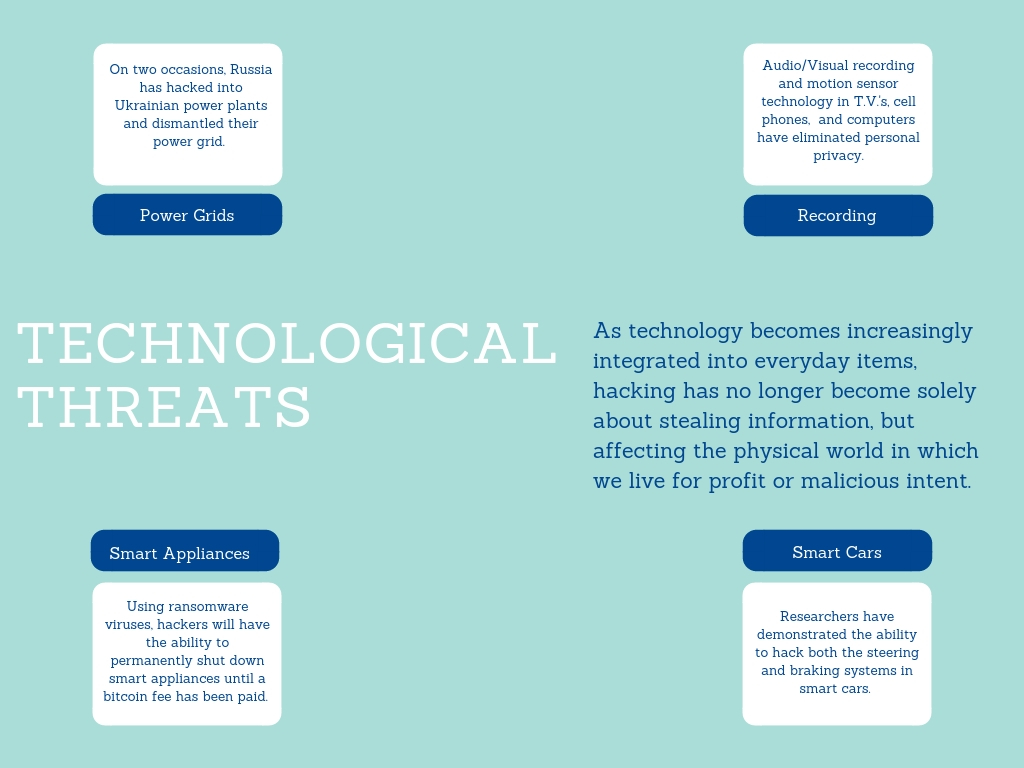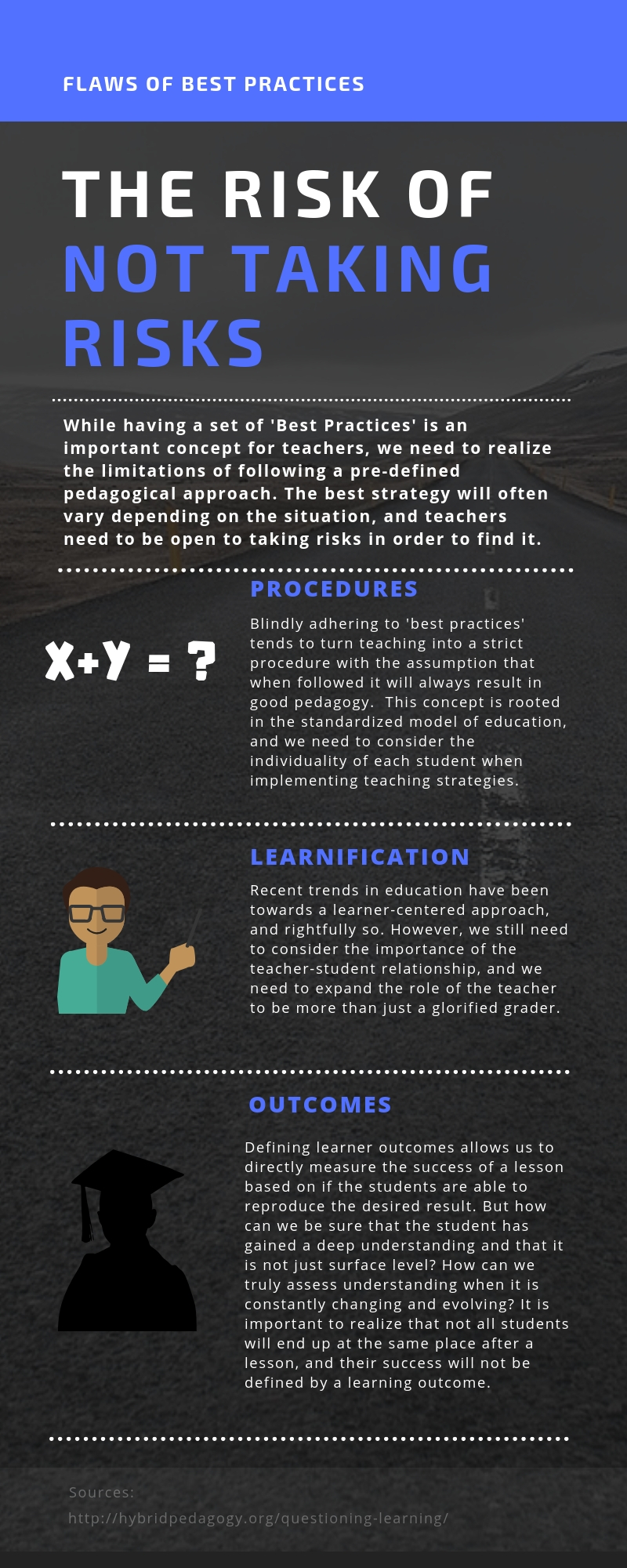
As we continue through this digital age, new and exciting technological tools are being developed each and every day. How are we as educators going to find the best tools to integrate into our classrooms? The Technologist Module Design Thinking Process provides a useful algorithm to aid teachers in selecting the most effective and appropriate technological tools for their individual learner needs.
Early on in our course we learned about the SAMR framework, and were encouraged to strive to use technology in ways that are transformative to a lesson, and not just as a substitution of traditional methods. Similarly, we discussed the domains of TPACK, and the importance of incorporating both pedagogical and content knowledge when we integrate technology into our classrooms. The Technologist Module aligns perfectly with these concepts, as it offers educators a method for which they can successfully select these technological tools.

For this multimedia reflection, I decided to write a Twitter essay outlining the Technologist Module Design Thinking Process. Even as someone who is inexperienced with Twitter, using the platform was simple and effortless. Adding pictures or GIFs was a painless process, and aside from the character limitations there were no hurdles to leap. Enjoy the tweets!
2. The Technologist Module of the e-campus Ontario Open Teachers Modules can teach educators how to find the perfect technological tool for their individual situation. #UWinDig #OntarioExtend
— Mr.D (@MrD73684771) February 19, 2019
4. The Module then has you broaden your understanding of Digital Literacies by examining several varying definitions as you consider what the concept means to YOU. #UWinDig #OntarioExtend
— Mr.D (@MrD73684771) February 19, 2019
6. EMPATHIZE – Gaining knowledge about student needs through feedback, evaluations, and communication allows teachers to identify challenges that can be solved by integrating technology into the classroom. #UWinDig #OntarioExtend pic.twitter.com/IzFsbB3Qmt
— Mr.D (@MrD73684771) February 19, 2019
8. IDEATE – Think about the tools that might fit your learner needs and test them out to see which one is ideal for your situation! Evaluate the safety and effectiveness of your selected tool using a model for media selection (such as the SECTIONS model). #UwinDig #OntarioExtend pic.twitter.com/6ydxBSqgvW
— Mr.D (@MrD73684771) February 19, 2019
10. CONNECT – Connect your technological tool back to your curriculum. Make sure your tool aids your learners in reaching the desired learning outcomes. Think about how you will integrate your integration! #UWinDig #OntarioExtend pic.twitter.com/b0whwdG26r
— Mr.D (@MrD73684771) February 19, 2019
After completing the Design Thinking approach REFLECT on the process.
CONGRATS! You are now a Technologist! pic.twitter.com/9V5JjEIfUP— Mr.D (@MrD73684771) February 19, 2019


